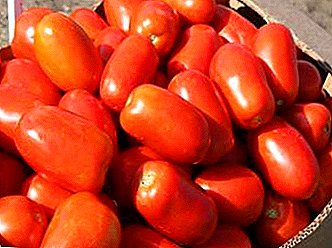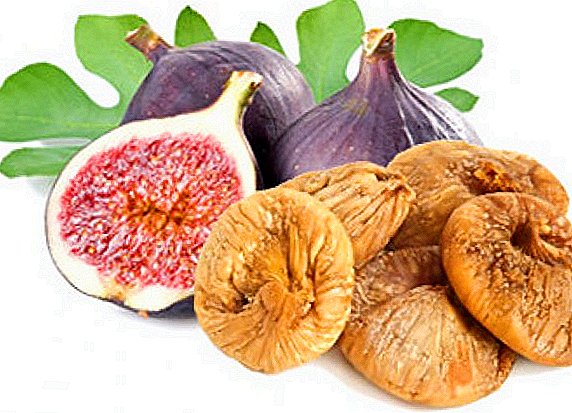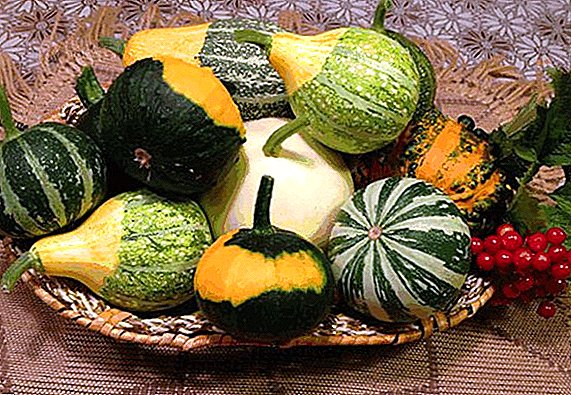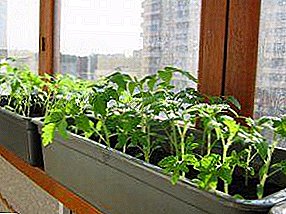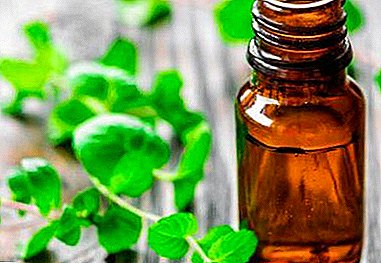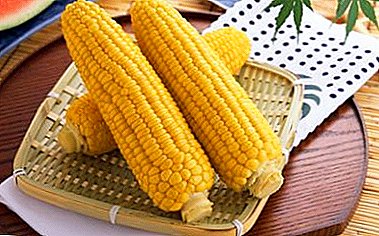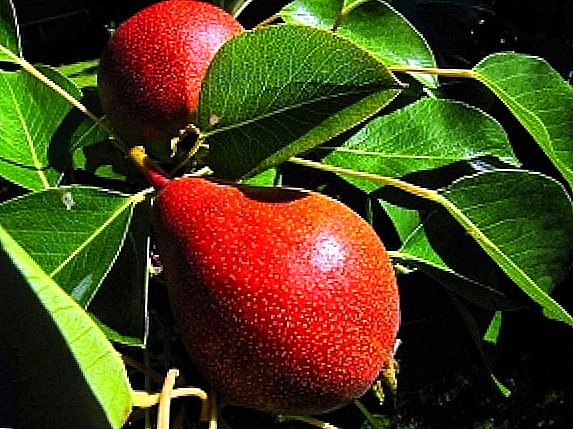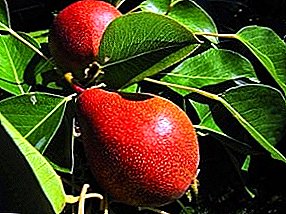
Fans of delicious ripe pears are most likely aware of the existence of different varieties of a tree that has recently taken root in us. Gardeners with confidence share the necessary experience of planting and caring for pears, as well as the peculiarities of growing different varieties in our latitudes.
Among the varieties of pears suitable for the middle lane there are those whose ripeness comes in the middle of the second half of summer, others ripen in early autumn. In this note, our attention will focus on the features and differences of pear varieties of late ripening.
Late varieties: what are they?
Since the definition itself of the type of category of pear varieties is called "late", it is easy to conclude that the fruits of these varieties ripen most recently, around October.
Maturity such pears stepping right on a tree, to remove them ahead of time botany is not recommended, because you can spoil the taste of the fruit. But, it is also not necessary to lose vigilance, since ripe pears can fall down on their own.
The distinctive advantage of late varieties is that fruits can be consumed for a very long period of timewhile ripened summer pears are sometimes stored no longer than two weeks. So, you can enjoy some varieties of late pears even in April.
Which varieties to choose?
There are several types of late or winter pears, the characteristics of which are very different.
Pear "Bere Bosk"
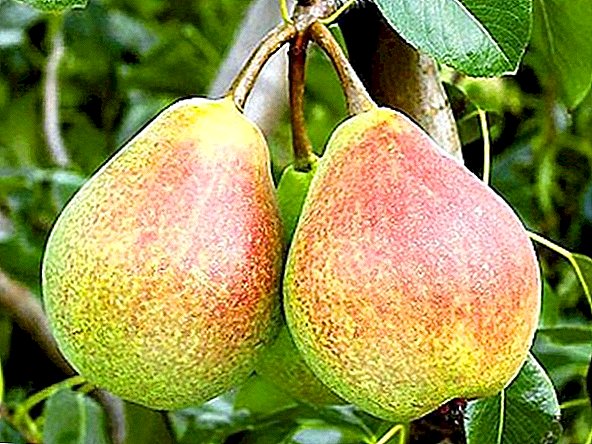
A variety characterized by a very large size of fruits that can reach in weight 250 grams, although the average weight is about 180 grams. The shape of the fruit may be different, but basically it is a pear-shaped or bottle-shaped, slightly oblong form.
The tree has a rather rare and somewhat asymmetric crown. The fruits of the tree have a yellowish-brown color, which at maturity gains shades of rust. The flesh "Bere Bosc" can be white or cream. This variety has a special flavor composition of ripe fruits: sweet and juicy, with a few almond and spicy flavor.
Pear "Bere Ardanpon"
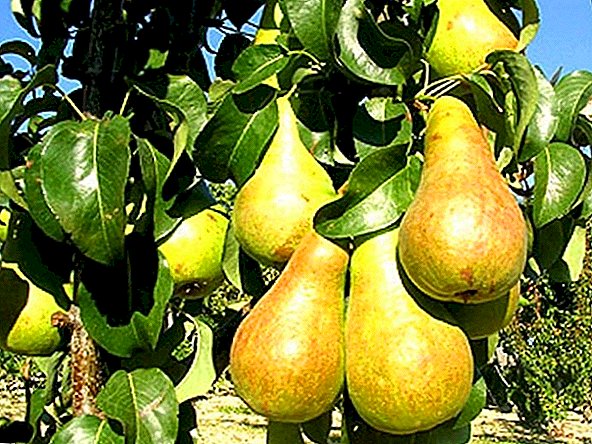
Another late variety, with the same large fruits (up to 220 grams). The surface of a ripe fruit differs in tuberosity, the form reminding a hand bell, but more pear-shaped. The crown of the tree is dense, in shape - pyramidal, on which greenish fruits are formed.
When ripe, pears become light yellow with a slight "blush" and brown dots. Mature fruit has white flesh. Taste Pears "Bere Ardanpon" sweet and sour, differ in special juiciness and tenderness of pulp.
Peat or clay earth is categorically not suitable for late varieties. The depth of the groundwater should be below one and a half meters, otherwise during the autumn periods of rain, your tree can be washed away by them.
Pear "Bech winter Michurin"
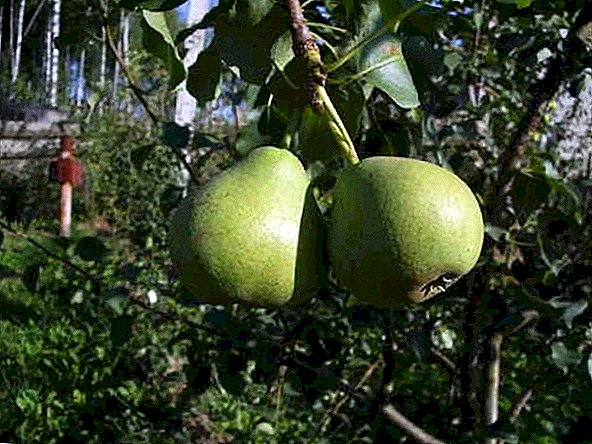
The result of the selection of the great Michurin, was obtained as a result of the crossing of wild Ussurian and "Bere Royal" pears. The variety has fruits of medium size (about 120 grams in weight). Ripened pears have a roundish shape, slightly elongated to the standard pear shape.
Tree of this sort pyramidal shapewith large branchy branches. Fruits of a grade differ in light yellow coloring with an easy flush which they gather during ripening. After plucking pears from a tree, they gradually become yellow, the blush appears more clearly.
Despite the fact that the white flesh of pears has such a characteristic as juiciness, the taste of ripe fruit is quite tart.
Pear "Winter Kubarevidnaya"
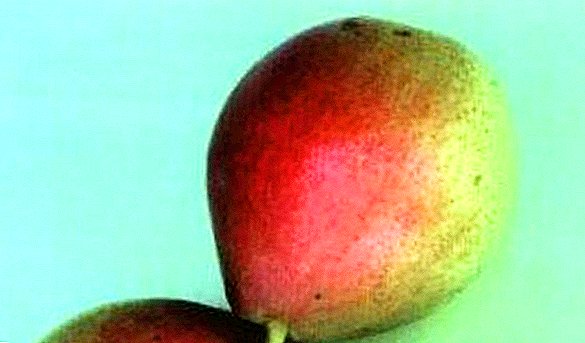
Again, a selection variety that was obtained as a result of pollination of the variety “Bergamot”. The pollen mixture used was taken from Duchess and Klapp Favorite trees.
Fruit size refers to the above average (up to 200 grams). The color of the fruit is light green with a slight "flush" on one side. After ripping off the tree and further ripening, the color becomes yellow with a golden hue, and the “blush” becomes crimson.
The flesh of the fruit is distinguished by its white color and its average density. Taste sweetish with sournesswhich is accompanied by juiciness of the fruit.
Variety of pears "Belarusian late"
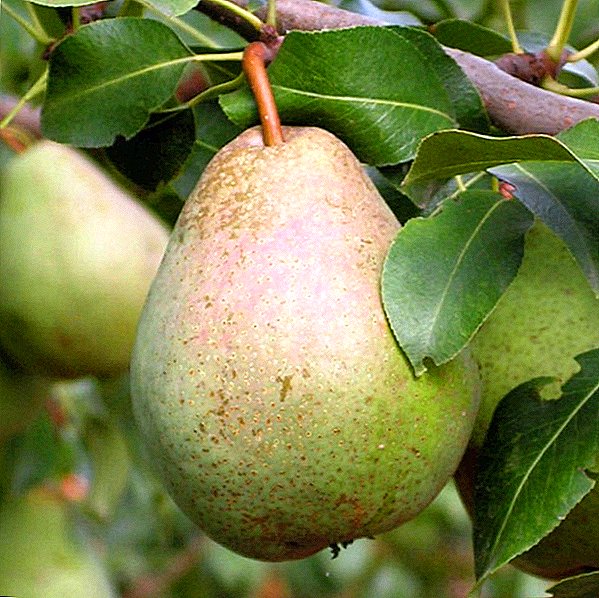
This variety is distinguished by its small size, the weight of which reaches only 120 grams. The tree of the “Belarusian Late” pear is distinguished by a dense rounded crown with fruits of a wide pear shape formed on it.
Fruits differ in green color, which after breaking from the tree acquires an orange-yellow shade with a brownish or magenta top covering color.
The white flesh of a ripe fruit has a not very dense structure, but differs in oiliness and tenderness. The taste of these pears should be characterized as sour-sweet, having a slight sourness. Fruits are juicy.
Most late varieties are resistant to low temperatures and droughts.
It is also interesting to read the best tips on planting pears.
Pear "Kuban late"
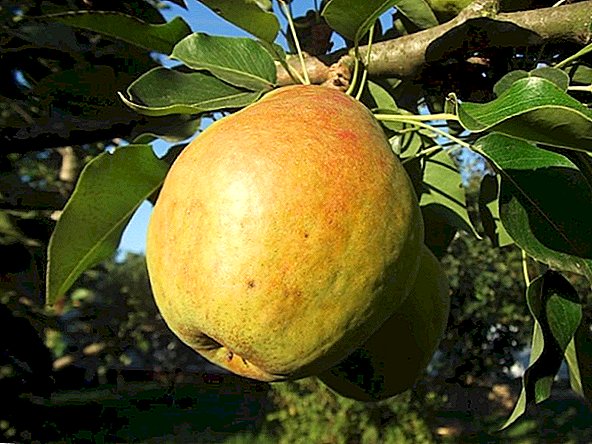
The variety is distinguished by medium-sized fruits and stunted trees with irregular crown shape. Pear shape correctwith small tubercles on the surface. Green fruits are characterized by the presence of a light "blush", which is formed under the influence of sunlight. With time and maturity, the fruits acquire a yellowish paint.
It is distinguished by the color of its pulp - it has a greenish-yellow color. The structure of the fetus is oily with an average density. The taste is sweet-sour, with a pleasant pear aroma.
Pear "Malyaevskaya late"
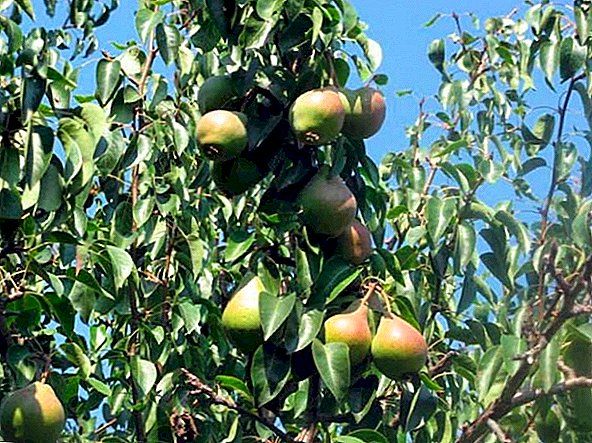
The fruit of the tree can vary considerably in volume, ranging in weight from 110 to 225 grams. The tree of this variety is very tall with a lush crown. Ripe fruits to the touch seem dryish, pear-shaped, but relatively short.
The color is yellow, a third covered with a "blush." The color of the pulp of the ripe fruit is cream. The structure of the fetus, although juicy, but dense, has stony fiber of large size. Flavor qualities of the fruit are distinguished by some rather weak-astringent effect of sweetness with sourness.
On the merits of later varieties
It was already noted above that the most important advantage of these pear varieties is that their fruits can be stored for quite a long time. If you follow all the necessary storage rules concerning the ventilation and low temperature of the room where the pears lie, you can taste them right up to the summer period.
You should not be afraid of the fact that by cutting off the ripe fruits in time, they will be very firm. Consumer maturity of this type of pear varieties comes after they are cut from the tree and will delight you with special and juicy tastes that even summer varieties can give way to.
The benefits also include fruit transportabilitythat allows you to grow them for industrial purposes or for sale.
Minuses of late ripening pear varieties
The main drawback of course is that harvest is in the late autumn and the small sizes of some of the varieties described above. Therefore, at the height of the summer period, you will not be able to enjoy the special taste of the later varieties. To avoid this, many gardeners plant several types of pears on their plots in order to get a crop both in summer and closer to winter. And in the same case, if you want to get a large crop - carefully re-read the characteristics of each variety, and choose the one that suits you.
Distinctive features of late pears
Distinctive features of late varieties are not only in the quality and taste of the fruit, but also in the outline of the tree. An adult tree has a bark of dark red or dark brown. It is very demanding to the ground and the place of landing.
In order to protect the harvest of late varieties of pears from the October frosts, you should choose a place for their planting, where they will not be blown by the wind. Also, like any other types of pears, they require a lot of sun.
Therefore, be very careful when choosing a variety, since not only the ripening period of the crop depends on it, but also the characteristics of tree care.


